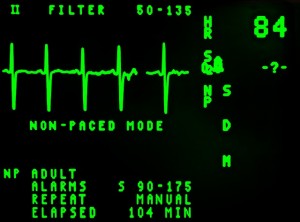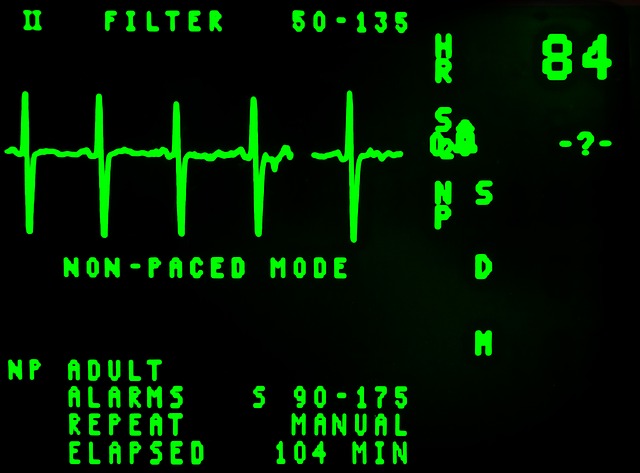An association between resting heart rate and diabetes suggests that heart rate measures could identify individuals with a higher future risk of diabetes.

In a four-year study of 73,357 Chinese adults, an international team of researchers observed that faster heart rates were positively associated with an increased risk of developing diabetes. Researchers also found that faster heart rates were associated with impaired fasting glucose levels and a conversion from impaired fasting glucose levels to diabetes among the same population. “In this study, we measured resting heart rate among about 100,000 Chinese adults and followed them for four years,” said Xiang Gao, associate professor of nutritional sciences, Penn State and a study senior author. “We found participants with faster heart rates, suggesting lower automatic function, had increased risk of diabetes, pre-diabetes, and conversion from pre-diabetes to diabetes. Each additional 10 beats per minute was associated with 23 percent increased risk of diabetes, similar to the effects of a 3 kilogram per meter square increase in body mass index.” “We further combined our results with those of seven previously published studies including 97,653 men and women in total, on the same topic, and we found a similar association — individuals with fast heart rate had 59 percent increased risk of diabetes relative to those with slow heart rate.” The researchers published their results in a recent issue of the International Journal of Epidemiology. “This suggests that faster heart rate could be a novel pre-clinical marker or risk factor for diabetes,” Gao said. Disease markers may indicate an increased risk of getting a disease, but only that and do not cause the disease. Diabetes mellitus is a worldwide epidemic. Roughly 12 percent of Chinese adults have diabetes and 50 percent have pre-diabetes. Pre-diabetes, according to the American Diabetes Association, is blood glucose levels that are higher than normal but not yet high enough to be diagnosed as diabetes. The researchers measured heart rates during a baseline exam administered in 2006-2007. After about five minutes rest, they recorded heart rates using a 12-lead electrocardiogram with participants lying on their backs. During a four-year follow-up exam, the researchers identified 17,463 prediabetic cases and 4,649 diabetes cases. They examined glucose every two years, beginning in 2006. Researchers excluded all individuals with diabetes during the first testing in 2006-2007. All participants of the study were employees of the Kailuan Coal Co., Ltd., a coal mining company in China. The same medical group covered their health insurance policies. Therefore, they cannot be viewed as a representative sample for the general Chinese population. The researchers based their diagnosis of diabetes and pre-diabetes status on a single measure of fasting plasma glucose. However, when combining these results with those of seven previously published papers including subjects with different social and cultural backgrounds, researchers found a similar association between heart rate and diabetes risk. Additional authors include Liang Wang, assistant professor of biostatistics and epidemiology, East Tennessee State University; Liufu Cui, Dongqing Li, Shouling Wu, Ying Zhu and Yanxue Wang, researchers in internal medicine, Kailuan Hospital, Hebei United University, China; Anand Waidya, endocrinologist, diabetes and hypertension, Brigham and Women’s Hospital and Harvard Medical School; Shuohua Chen, researcher, department of health care center, Kailuan Hospital,; Caifeng Zhang, researcher, graduate school, Kailuan Hospital; and Frank B. Hu, professor of nutrition, Harvard University School of Public Health. The National Natural Science Foundation of China and the National Heart, Lung, and Blood Institute of the National Institutes of Health funded this research. Source: Penn State Journal: International Journal of Epidemiology












